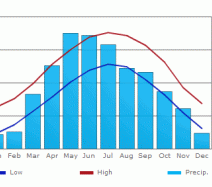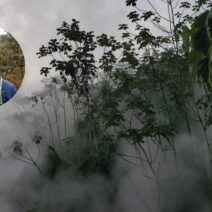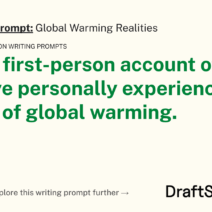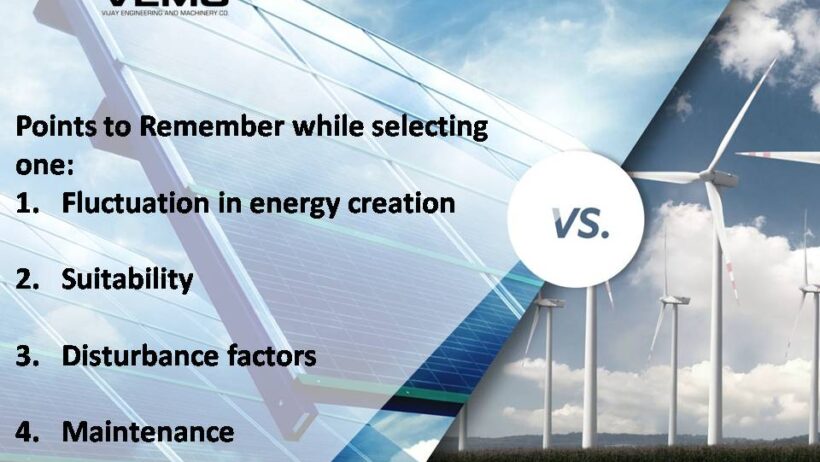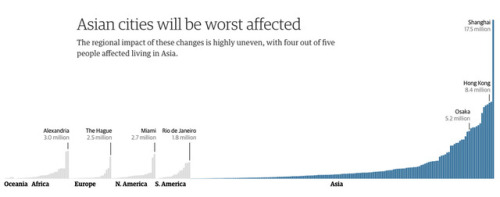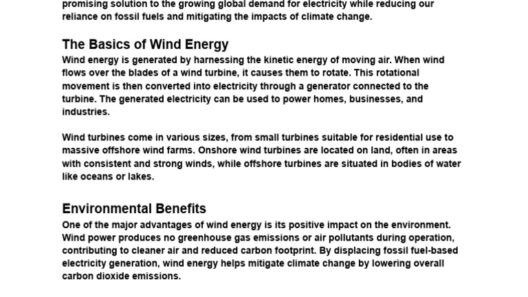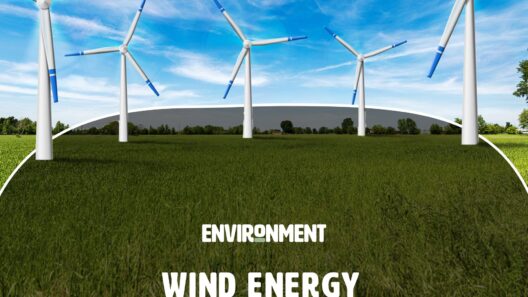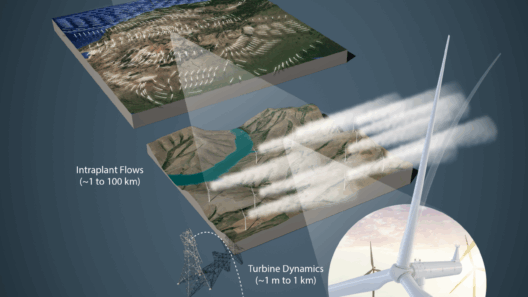In the quest for sustainable energy solutions, the debate between solar and wind power often arises, akin to a dance between two titans of the renewable energy arena. Both forms of energy play critical roles in our pursuit of a green future. Yet, as we delve deeper into their intricacies, solar energy often shines a little brighter than its windy counterpart. This analysis aims to unravel the layers that make solar energy an increasingly attractive option for fostering sustainability.
Harnessing the Sun: An Abundant Source
The sun, an everlasting beacon of energy, radiates more light in a single hour than humanity uses in a year. This natural wellspring of energy is not only abundant but also inexhaustible—a quality that starkly contrasts with the ephemeral nature of wind. While wind energy depends on atmospheric conditions and geographical features, solar power possesses the unique advantage of being universally accessible. Whether you are nestled in a bustling urban setting or living in a remote rural area, sunlight is a shared resource.
Moreover, the efficiency of solar panels has seen remarkable enhancements in recent years. Today’s photovoltaic systems can convert a substantial percentage of sunlight into usable energy, often exceeding 20% efficiency. This technological advancement underscores solar energy’s supremacy, rendering it a practical choice for widespread deployment.
The Space Factor: Expansive Potential
Solar energy installations boast a versatile adaptability that wind turbines typically lack. Solar panels can be integrated into rooftops, making them suitable for residential areas without the need for expansive land footprints. This attribute not only capitalizes on existing structures but also mitigates land use conflicts often associated with wind farms, which can require significant tracts of land and disrupt local ecosystems.
Additionally, solar farms can be constructed in urban environments, effectively turning formerly unusable spaces, such as parking lots or brownfields, into productive energy-generating sites. Such improvements offer dual benefits: producing renewable energy while revitalizing economically depressed areas.
Minimal Disruption: Balancing Nature and Technology
In the delicate interplay between humanity and nature, less disruption signifies a more harmonious relationship. Solar energy systems generally have a smaller ecological footprint compared to wind turbines. Wind farms, especially large developments, can wreak havoc on wildlife, particularly avian species, leading to increased mortality rates from turbine collisions. Solar panels, on the other hand, typically present minimal risk to wildlife and can co-exist more harmoniously within their environments.
Furthermore, solar energy systems do not require additional infrastructure, such as extensive roads and power lines, which are often necessary for wind energy facilities. This means that solar installations can be deployed in a manner that preserves the natural landscape and reduces habitat fragmentation.
Reliability and Predictability: The Dance of Elements
Reliability is paramount when considering energy sources for the future. Solar energy is remarkably predictable; sunlight availability can be forecasted with impressive precision, allowing for efficient planning and grid management. While solar power does experience fluctuations—most notably due to the nightly absence of sunlight—energy storage technologies such as batteries are becoming increasingly sophisticated and affordable. These advancements enable solar systems to store excess energy produced during peak sunlight hours for use when energy demand peaks.
Conversely, wind power is often regarded as more volatile, subject to the caprices of weather patterns. Wind speeds can change dramatically, impacting energy generation and necessitating a more complex grid management approach. This inherent unpredictability can present challenges in maintaining a consistent energy supply, particularly in regions with less stable wind patterns.
Economic Viability: The Emerging Landscape
From an economic standpoint, solar energy emerges as a frontrunner in the race for consumer affordability. The cost of solar technology has plummeted over the past decade, making it more accessible than ever. Costs associated with solar installations have decreased significantly—comparable to the economic trajectory Disney’s theme parks embarked upon—transforming a premium offering into a viable option for the masses.
Moreover, solar energy creates local jobs in installation, maintenance, and manufacturing, fostering community engagement. The decentralization of energy generation, facilitated by solar power, leads to energy autonomy and economic resilience for local communities.
Conclusion: Embracing Solar for a Sustainable Future
While wind energy remains a crucial player in the renewable energy landscape, solar power stands as a potent alternative, deserving of recognition in our collective pursuit of sustainability. Its abundant, universal accessibility, minimal ecological disruption, reliability, and economic viability render it a compelling choice.
As stewards of the environment, embracing solar energy is not merely a strategic decision but a philosophical one—rooted in the desire to co-exist harmoniously with nature. Each solar panel installed represents a step toward reducing our carbon footprint, protecting ecosystems, and contributing to a sustainable future. In the dance between sunlight and gusts, solar energy leads, illuminating the path forward for generations to come.
